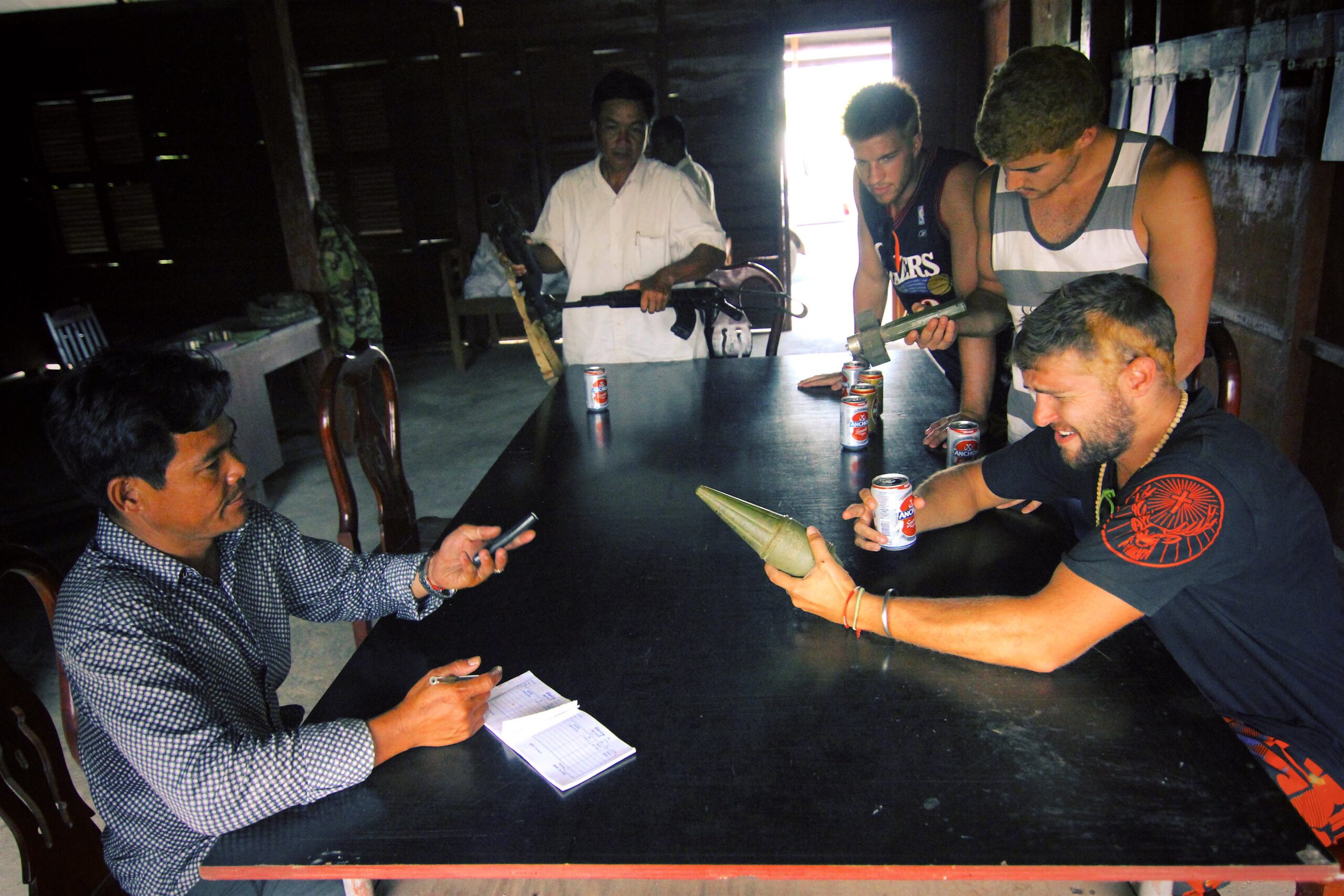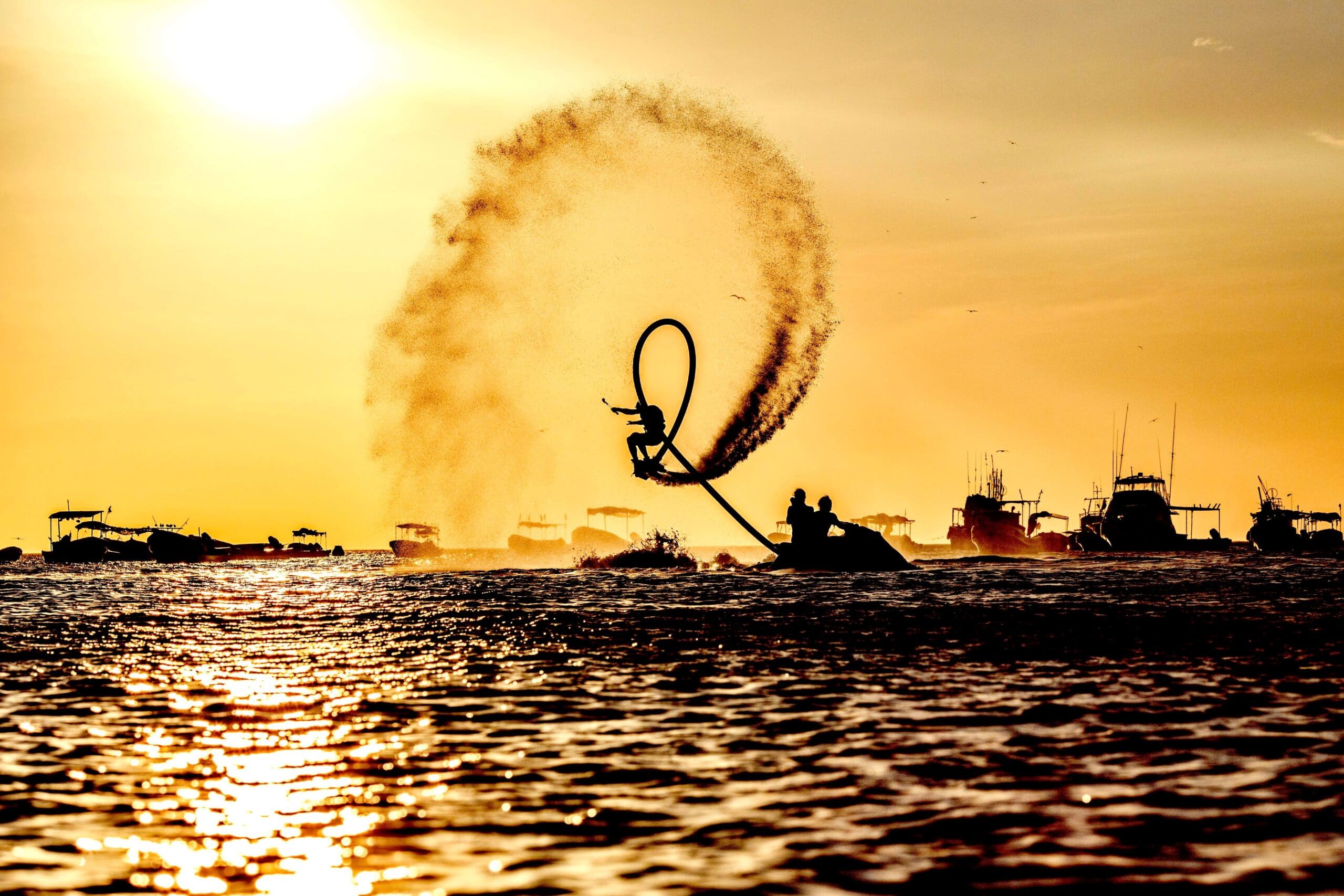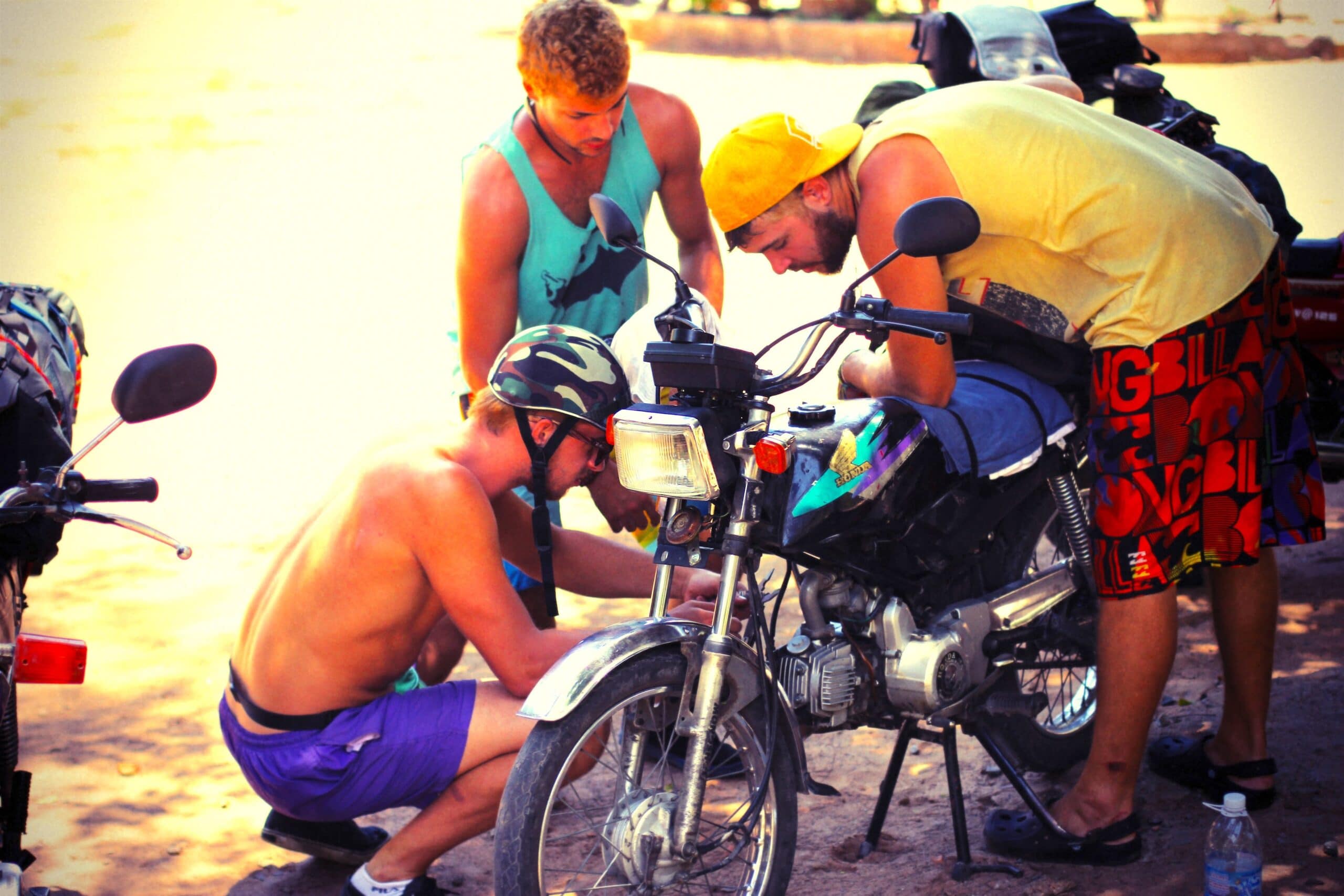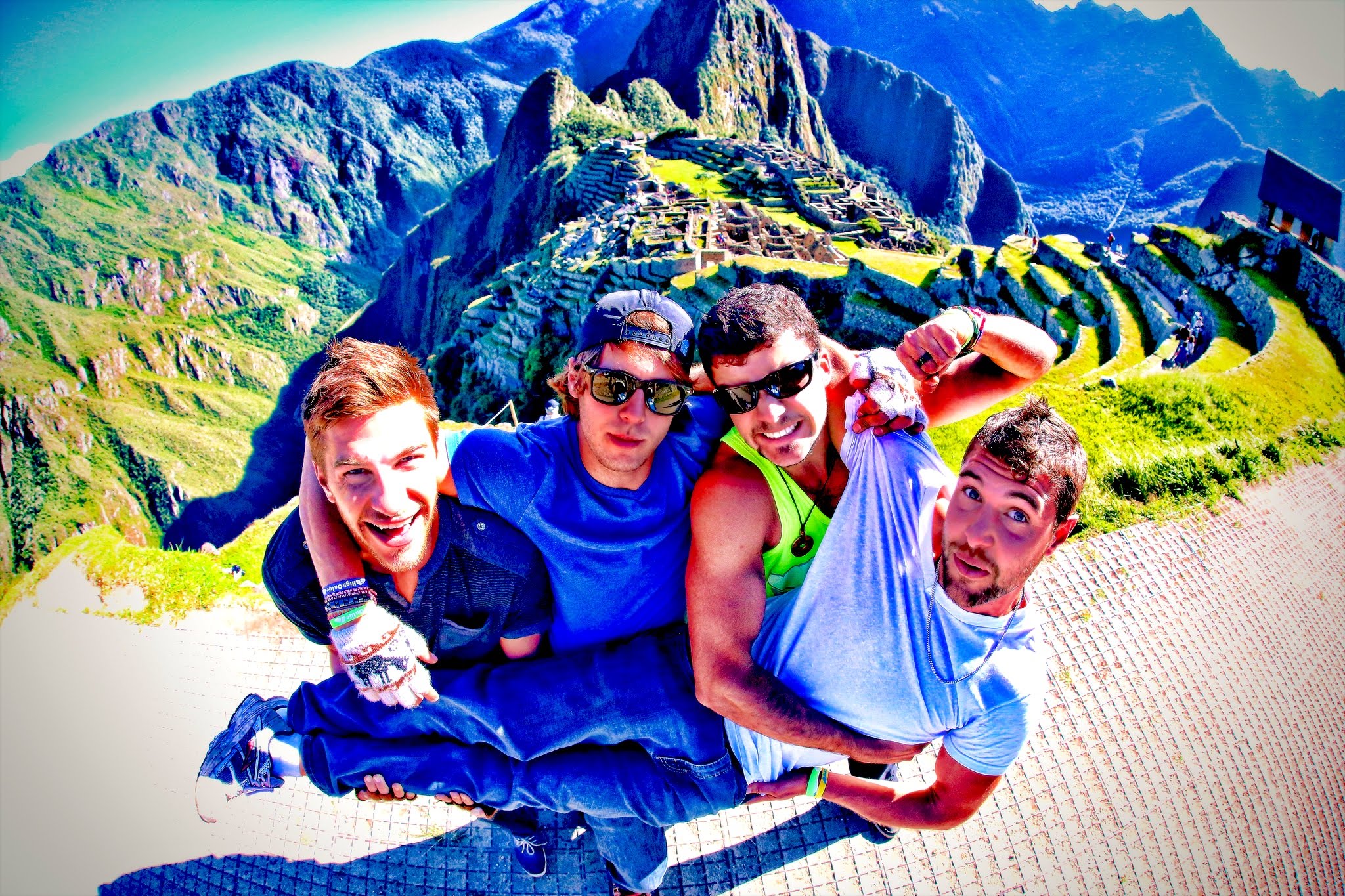The Tour de France: A Beginner’s Guide
The Tour de France is an incredibly exciting event that is followed by fans all across the world. However, the Tour de France can also be intimidating to those who aren’t familiar with the sport of cycling, or the race itself. Let’s go over some of the basics, so that you’ll be able to follow this year’s Tour de France with a better understanding of the events taking place!
First of all, the object of the Tour de France is, of course, to finish the overall race with the fastest time. What complicates things is that the Tour de France is a race that is divided up over a period of about three weeks. It’s important to know that the race itself is divided into different parts called stages. Each stage lasts one day, although the stages can be quite long. There are a total of 21 stages, and the complete race is usually well over 1,800 miles (or over 3,500 km) long!
Although the object of the Tour de France is to win the overall race as a whole, each stage is treated much like its own individual race. Winners of stages receive prize money, and winning a stage of the Tour de France is often regarded as a bigger accomplishment than winning other single-day races. The stages themselves can be flat, mountainous, or anywhere in between, and often there are individual time trials that serve as stages. Competitors generally get a couple of days to rest during the race, as well.
If you’ve seen footage of the Tour de France before, or heard others talk about it, you probably want to know what the yellow jersey is all about. The famed yellow jersey is one of four different jerseys that designate that the rider wearing it has achieved a specific feat. The rider wearing the yellow jersey is the overall leader of the race. To determine who has earned the yellow jersey at any point in the race, officials merely take the lowest overall combined time from all the stages.
The green jersey is awarded to the points leader in the race. Points are earned according to passing order at the finish line or in intermediate sprints. For this reason, riders who specialize in sprints are generally those found wearing the green jersey.
The distinctive polka dot jersey goes to the leader of the “mountain classification”, with points being earned according to passing order on mountain stages. Therefore, it is often said that the rider wearing the polka dot jersey is the best climber of the race.
Finally, the white jersey is only worn by riders aged 25 years or younger. This jersey is intended to spotlight the rising stars of the cycling world and the Tour de France. Many riders who wore the white jersey have also gone on to win the coveted yellow jersey in their careers.
There are other awards given during the Tour de France as well. The combativity prize is also known as the fighting spirit award and is awarded by a panel of eight cycling specialists. There is also a team award called the team classification, which is given after adding the times of the top three riders for each team for each stage to get a total time. Riders in teams often assist each other by “slipstreaming” behind one another for better speed, or using other team tactics. Teams are grouped by common sponsors.
It also bears mentioning that finishing straight stages in the top three can earn you bonus seconds, which help you shave precious seconds off of your total time. Also, the final mountain climb of the Tour de France is for double points, which is a great incentive for climbers. The double points were added to the official race rules starting in 2004.
Now that we’ve addressed the basics of the Tour de France, you’ll be better prepared to enjoy one of the world’s most prestigious and historic sporting events. Make sure to pay attention to what’s going on during the races, and you’ll find that it’s not nearly as complicated as it may have seemed. Before you know it, you’ll be cheering your favorite rider on towards the yellow jacket!
PPPPP
Word Count 710
















Leave a Reply